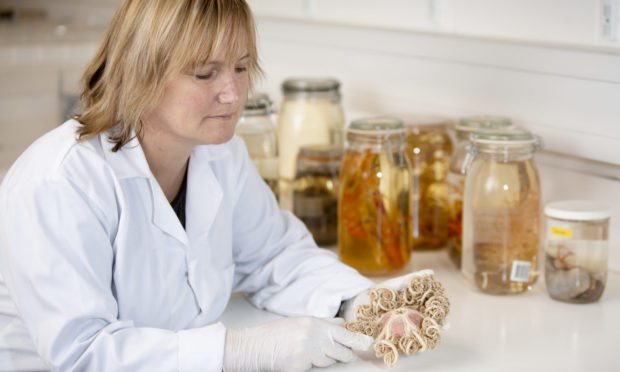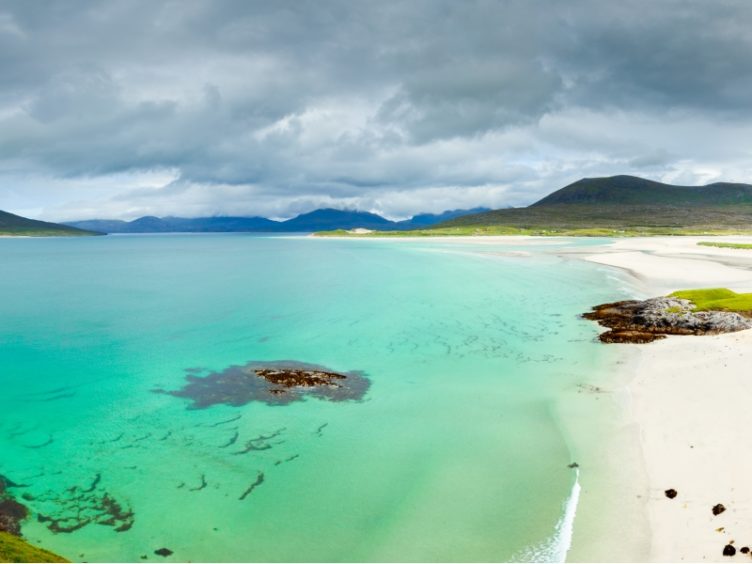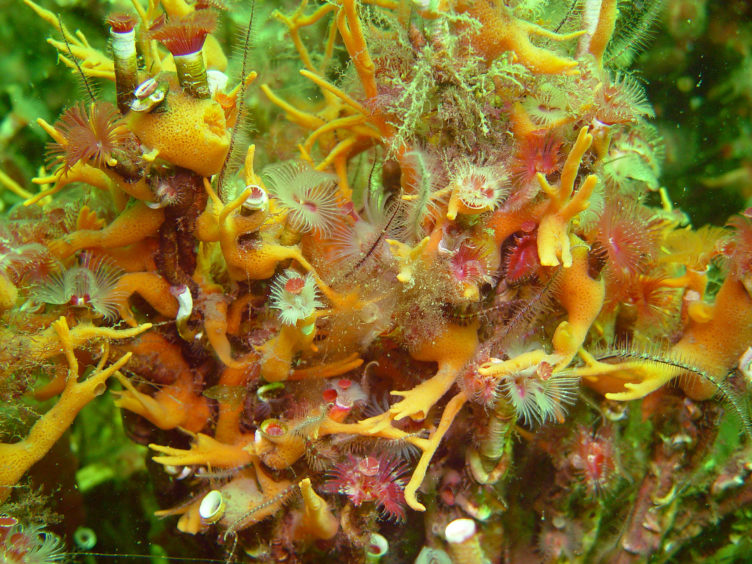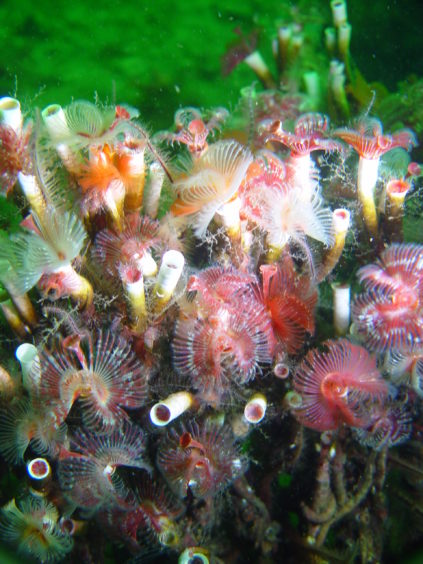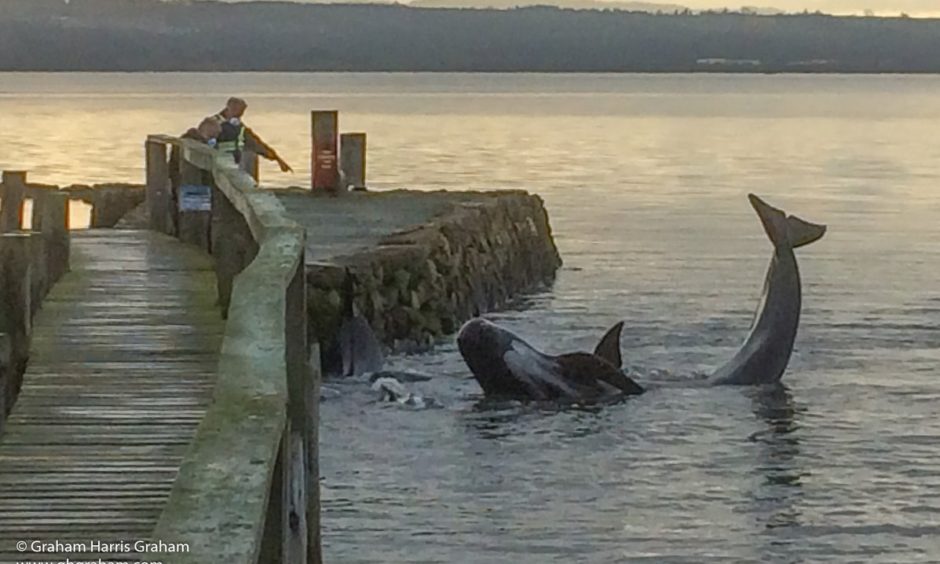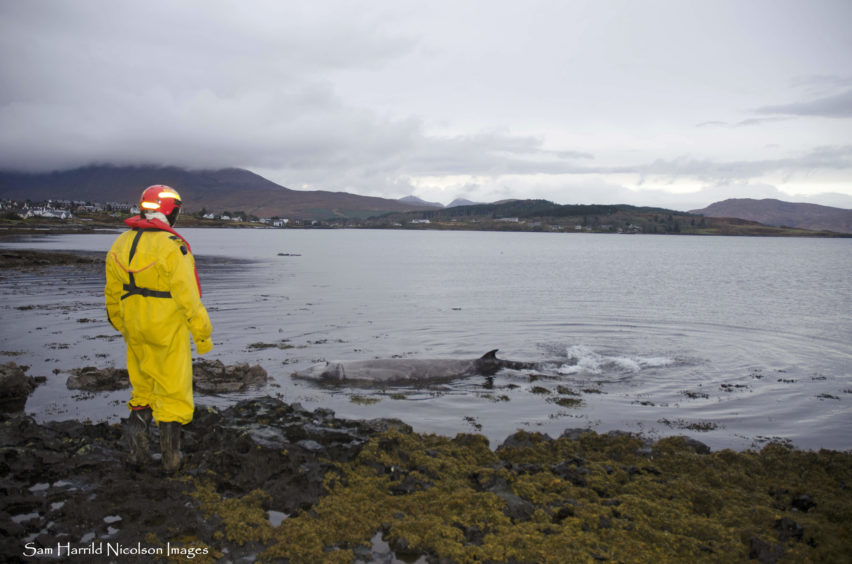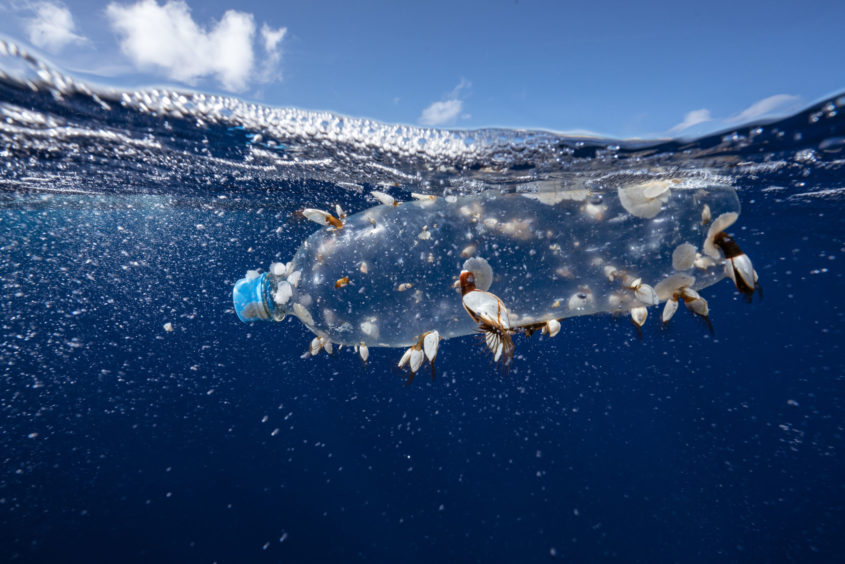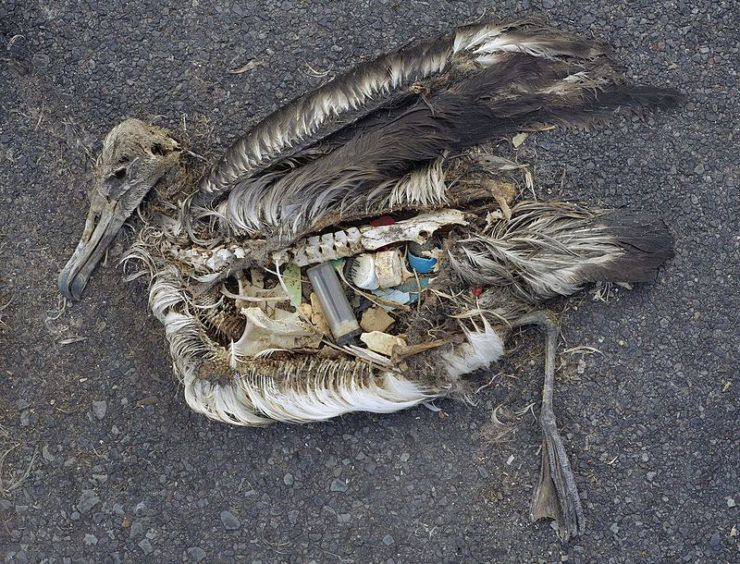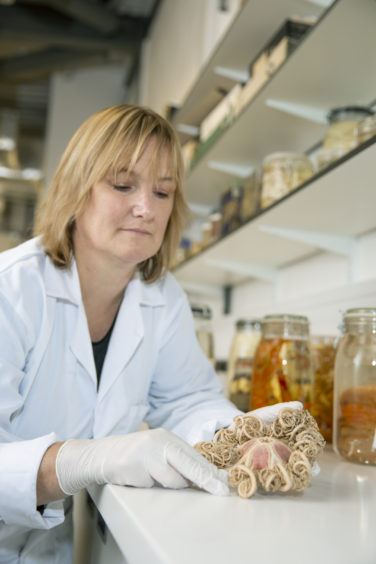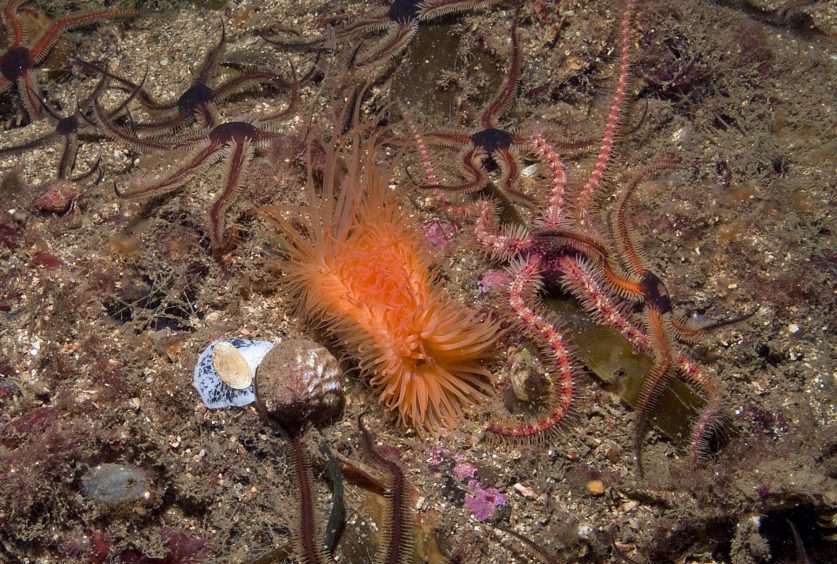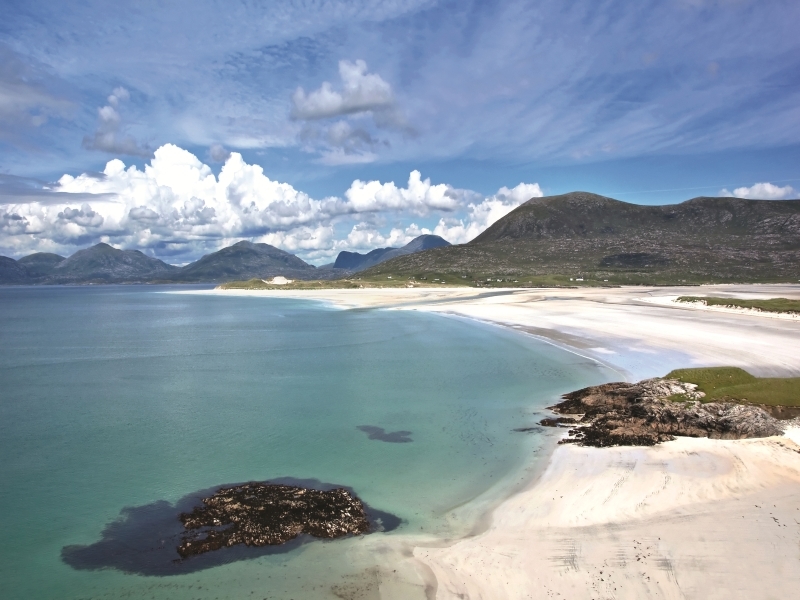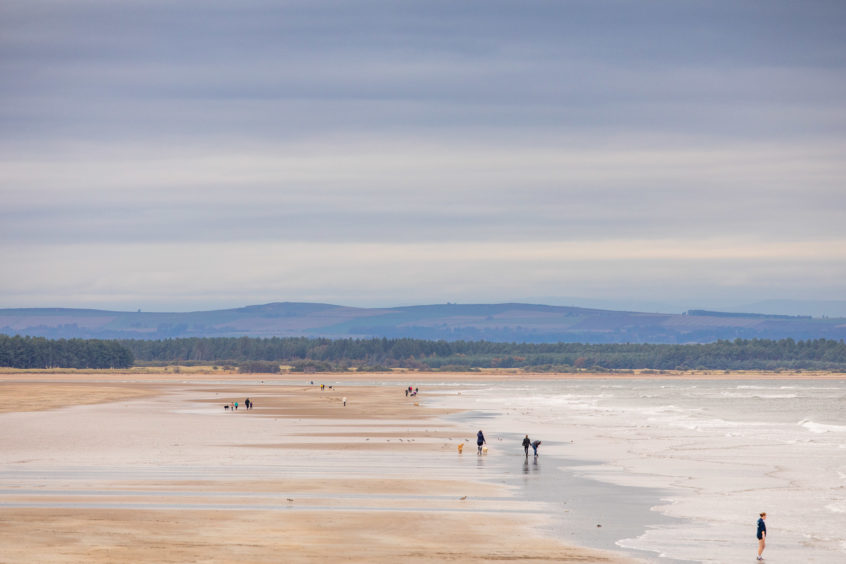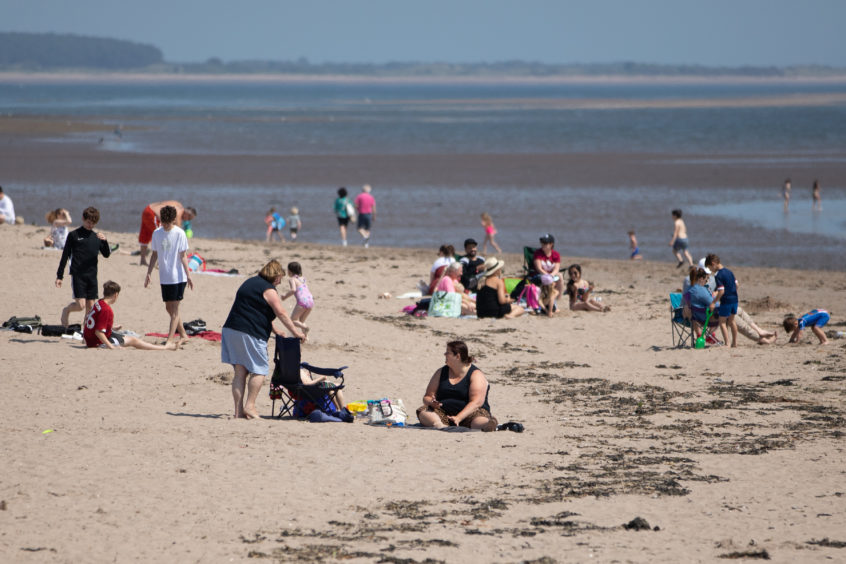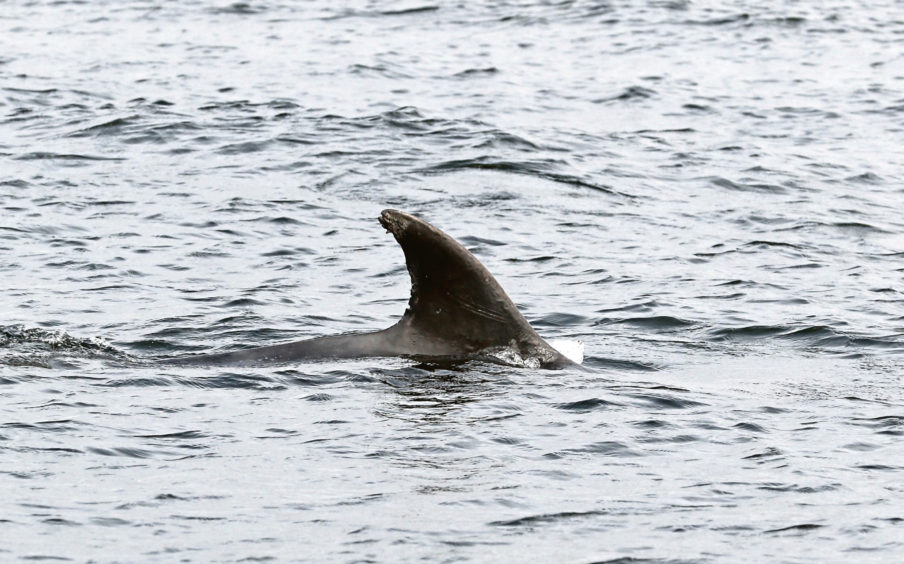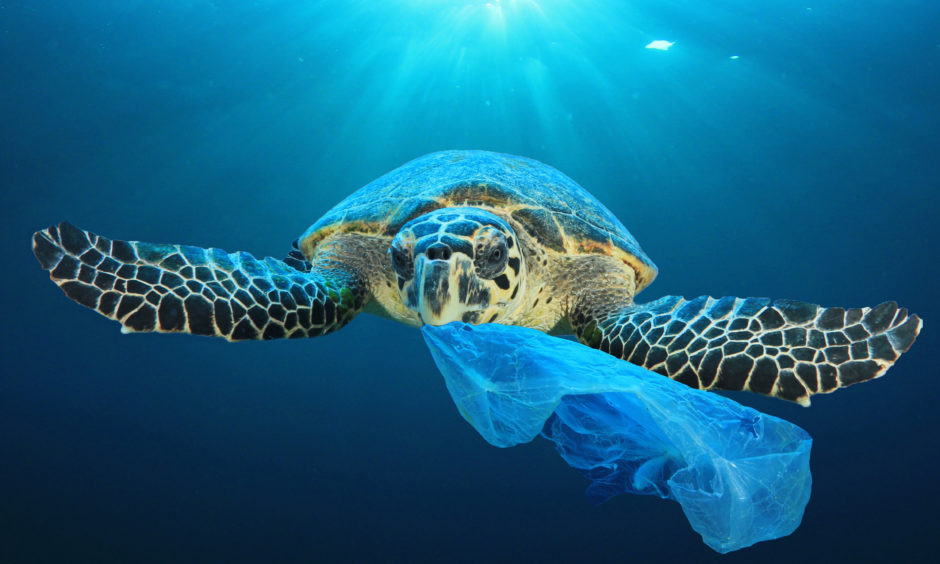Michael Alexander explores a new exhibition which warns that Scotland’s world class seas are under increasing threat from human activity including climate change, overfishing and pollution.
It might be 275 miles from Cape Wrath in the north to Mull of Galloway in the south, and 154 miles at its widest point from Buchan Ness in the east to Applecross in the west.
However, with coasts stretching for 11,602 miles, nowhere in mainland Scotland is more than 45 miles from the sea.
Fringed by an impressive 10% of Europe’s coastline, Scotland’s marine area is vast, making up approximately 60% of UK seas and covering an area six times that of Scotland’s land area.
The salt waters that lap our rocky shores, sandy beaches, sea lochs, firths and islands support a diverse range of more than 46,500 known species.
They include a third of the global population of grey seals; the world’s most northerly population of bottlenose dolphins; 23 other species of the world’s 82 whales and dolphins and 43% of all seabirds breeding in Europe.
Beneath the waves – where the seabed plunges from shallow waters less than 20m deep to more than 2km deep – rocky reefs covered in soft corals, sea fans and sponges, and shallow beds of delicate maerl, sea grass, flameshell and horsemussel are just some of the fine marine habitats that can be found.
In fact, new discoveries are being made by scientists exploring the deep all the time.
However, human activity such as overfishing, dumping of rubbish and global climate change is putting Scotland’s world-class marine environment at serious risk.
To celebrate Visit Scotland’s Year of Coasts and Waters, a new display at the National Museum of Scotland in Edinburgh is highlighting the unique beauty and significance of Scotland’s marine life – but also the threats being faced.
Scotland’s Precious Seas reflects the diversity of the museum’s centuries-old research collections.
From flame shells to whale skulls, the range of preserved specimens on display can help measure the effects of human activities – including accelerated global climate change – on life in Scottish waters.
Keeper of natural sciences Dr Nick Fraser, who helped come up with the original idea for the exhibition and helped set it up, said the impact of rising sea levels, global climate change and pollution on the country’s marine life are sobering themes at the heart of the display.
However, with scientists still learning about the oceans, he admits the true extent of ecological damage being caused is probably unknown.
“When we wanted to do something for Scotland’s Coast and Waters, it seemed like a good idea to highlight some of the collections that we had – not just the beauty and the diversity of the animals,” he said.
“People think of the Great Barrier Reef and tropical seas as places of outstanding beauty.
“But I think some of the pictures and images that we can get just off our coast underwater are just as spectacular as in tropical seas.
“I think some people just don’t understand and they do not really appreciate what is in them.
“But to be honest we don’t know everything. We are still finding new species. We do not really know what’s out there or therefore what our baseline is when it comes to conservation and protection.
“It begs the question – what is out there that we are destroying already?”
Dr Fraser – who works with Dr Andrew Kitchener, principal curator of vertebrates and Fiona Ware, curator of invertebrate biology – said the exhibition is an attempt to demonstrate the diversity in our seas and the work that the museum does working with universities and other bodies in trying to get a better understanding of the marine system.
There’s no doubt, however, that Scotland’s waters are already changing.
The collection contrasts animals that were coming in to our waters a century ago compared with those that can be found living there now.
For example, strandings records demonstrate fewer white-sided dolphins in Scottish waters as they move northwards to colder climes.
On display is the skull of a striped dolphin first recorded in Scotland in 1988.
Usually found in warmer seas, this is one example of a number of cetaceans moving into Scotland’s warmer waters in recent years.
Scientists from National Museums work with the Scottish Marine Animal Strandings Scheme to investigate patterns of strandings and carry out post-mortems on the animals.
Hundreds of whales, dolphins, porpoises, seals, marine turtles and basking sharks are stranded on Scotland’s coasts every year.
Most of these marine animals are top predators, and studying them can help understand the health of our seas.
Another significant issue highlighted by the exhibition is the impact of pollution.
For example, when a Cuvier’s beaked whale was found stranded on Skye in 2015, a post-mortem found that four kilograms of plastic waste in its stomach was the cause of death.
Plastic bags retrieved from the whale are on display highlighting the threat posed by marine pollution.
Skulls of seabirds are also displayed that were killed during the Braer oil spill at Shetland in 1993.
An extensive programme of post mortem examinations was carried out at Edinburgh University and National Museums on around 1,500 birds recovered after the event.
Dr Fraser said that displaying skulls of animals directly affected by human actions and pollutants pulled from stomachs is a powerful way of trying to get the message across.
“One of the great features, or points of the exhibits, is to highlight the damage that is going on,” he said.
““One of the things you wouldn’t expect to see in a display are these crumpled plastic bags.
“They look a bit worse for wear, but I’m not surprised – they’ve been in a gut of a poor whale for some time.
“It is a powerful image.
“Then there’s the variety of skulls of different seabirds. These were all collected as a result of the Braer oil spill.”
Dr Fraser said the items were an “in your face reminder” that we are now experiencing an environmental and a climate crisis.
“When deep sea animals like whales are getting stranded, the real question is, why? What resulted in that animal being forced out of its normal habitat?” he said.
“These are the sorts of questions that we are needing to ask or are continuing to ask.
“The seas around us are very important to our livelihoods. It’s therefore incumbent upon us to be able to make sure that they are maintained in a healthy way and not denigrated with all these plastics and goodness knows what else.”
The original marine collection held by the museum dates back to the Edinburgh University zoology collection of the 1850s.
Some of that collection dated back to the 1700s.
Over the last 100 years or so marine animals have been collected as part of different expeditions and now form part of the collection, allowing comparisons to be made over time.
“It’s amazing to have a long standing collection going back to the 1850s if not beyond in some ways,” he said.
“What you can do with that data you can actually monitor biodiversity changes in all these different environments.
“That’s exactly what we are continuing to do.
“That’s what this display is really aimed at.
“To educate people about the seas around them, to show them how diverse they are, but also to show the impact.”
Other delicate specimens on display include beautiful flame shells.
These bright orange salt-water molluscs combine to form dense beds that provide a habitat for all sorts of life.
The beds are threatened by fishing practices. In 2017 a scallop dredger caused extensive and significant damage in Loch Carron which resulted in the Scottish Government declaring it an Emergency Marine Protected Area.
Continuing studies help monitor the health of the sea’s ecosystems.
Every two years Marine Scotland Science surveys the deep waters overlying the continental slope to the west of the Outer Hebrides.
Animal specimens from the 2019 survey, including examples of basket star, deep sea barnacle, bamboo coral and rabbit ratfish, are exhibited giving a rare glimpse of the diversity of life 500–2000 metres below the waves.
Monitoring the fauna can give insights into how activities in the area – such as fishing – are impacting on marine life.
With a background in vertebrates, Dr Fraser said the stand-out of the exhibition for him was a recent array of previously unknown “exotic and grotesque” bio-luminescent organisms hauled from great depths off the Hebrides.
“I find that very spectacular,” he said.
“Some might say that’s not like cod, that’s not like herring that’s not what we are used to. But these are in the seas not far off our coast.
“I also find the fact that we are still finding new species fascinating.
“I think that – the fact that we are still finding new species – does demonstrate clearly that we do not understand the biodiversity we are trying to save. It’s important work!”
Dr Fraser said he was optimistic about the future of the planet in so far as people – including the government – were “taking a bit more notice” about the environment.
Scotland in particular, he said, was “leading the way” which added to his enjoyment of working at the museum.
Thanks to research and protective measures, Scotland’s seas and coasts are mostly in good health.
On the other hand, he still found it “disturbing” when he reads about millions of tonnes of micro-plastics in the oceans.
“Can we reverse these trends? I think we can,” he said.
“But it does take us all working together and I think this is just a little pottering on our part here.
“I do feel that there is always going to be doubters about the whole thing – disbelievers in climate change.
“But I do think the momentum is shifting and therefore it is very important that we carry on doing the monitoring and collecting the data.
“That’s the key thing – making the data that we have in our collections available to researchers to work on, to government, to policy makers, so that they might make conservation decisions for the future based on hard evidence.”
Dr Fraser said the world’s a “different place” thanks to Covid-19. It was good to see people back at the museum.
One positive outcome of lockdown had been more people re-establishing contact with and understanding their local environments.
However, he said Covid should also serve as a warning about wider harm being caused by humans to the planet.
“Bats are ultimately the source of the virus,” he said, “but I think people should understand that this virus is with us because we have encroached and degraded the environment that these animals live in, bringing us into closer contact with them.
“That is ultimately the cause of this virus. The virus would be quite happy sitting out there but because we’ve destroyed a lot of the natural environment, we’ve brought that into contact with us. I hope that is a message that people understand. That is critical.”
Calum Duncan, Marine Conservation Society Head of Conservation Scotland told The Courier that with climate and nature crises intertwined, ambition to protect our seas needs to be “ramped up”.
He said:”With more than half the sea area of the UK, an astonishing 10% of Europe’s coastline and an extensive maritime past and present, Scotland has a strong connection to the ocean.
“We have a particular responsibility for internationally important populations of seabirds, seals, dolphins and, beneath the waves, lesser known wonders such as flameshell beds, maerl beds and coldwater coral reefs, but all four governments within the UK have collectively failed multiple targets due this year to ensure our seas are in good health and that fishing is sustainable.
“World-class legislation was secured with the Marine (Scotland) Act in 2010 to help recover these wonders, but despite good early progress with 31 new Marine Protected Areas and protection from trawling and scallop dredging for some of our most vulnerable inshore sites, progress on protecting the rest of the sites, completing the network, introducing regional ecosystem-based marine plans and modernising fisheries has slowed.
“The welcome carrier bag charge has led to reduction in plastic bags recorded by our thousands of dedicated volunteers around our shores, and we hope to see similar declines in plastic cotton buds following their ban and in cans and bottles when the Deposit Return Scheme is introduced in 2022.
“However, we are facing intertwined climate and nature crises, and as part of a green and blue recovery from the current pandemic, ambition needs to be significantly ramped up over the next decade to ensure at least 30% of our seas are highly and fully protected from unsustainable development and damaging fishing activities, that all our seas are litter and pollution-free and that we have a thriving climate and nature friendly fishing industry. Enshrining nature recovery targets in law, including for ocean life, is a vital next step to bend the curve of decline toward recovery.”
· Scotland’s Precious Seas runs at the National Museum of Scotland in Edinburgh until January 10, 2021. Admission is free.
